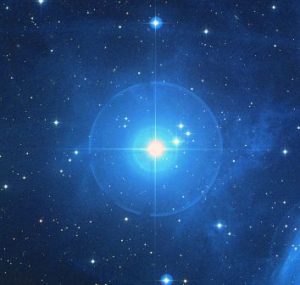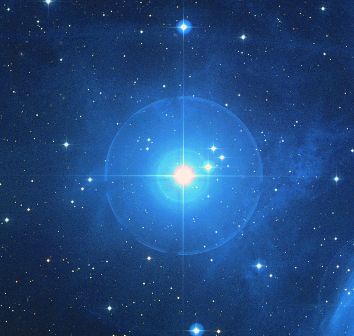- Series:Astronomy, Transcript English
Genesis 1:16
“And God made two great lights; the greater light to rule the day, and the lesser light to rule the night: he made the stars also.”
Astronomers who believe in evolution tell us that the stars formed when gas in a nebula began to gather due to gravity. Eventually, that gravity became strong enough to collapse the gas into a star.

Astronomers who believe in creation point out that this is unlikely, if not impossible. As we all know, compressed gas wants to expand by moving to areas of lower pressure. A cloud of gas that was large enough to begin compressing under gravity would begin to rotate faster. Magnetic forces would also increase. The increase in pressure, magnetic forces and centrifugal forces would overcome the forces of gravity, preventing the formation of a star.
At the same time, blue stars are common in the arms of the galaxies we can see. These stars are considered young because they burn their fuel so fast that they could only last a few million evolutionary years. On the evolutionary scale, they must have formed long after the Big Bang. The number of blue stars would then indicate to an evolutionist that star formation is common. Yet, as we have seen, the forces at work to form a star in this way make these stars either unlikely or younger than millions of years.
Perhaps God created the blue stars to serve as a clear indicator to scientists that He created the stars fairly recently.
Prayer:
I thank You, Father, for the beauty of the created heavens. The very existence of the stars praises Your Name. Amen.
Notes:
Answers Magazine, 10-12/07, pp. 78-80, Jason Lisle, “The Stars of Heaven Confirm Biblical Creation.” Photo: Alcyon, in Pleiades Star Cluster, a typical blue giant star.

